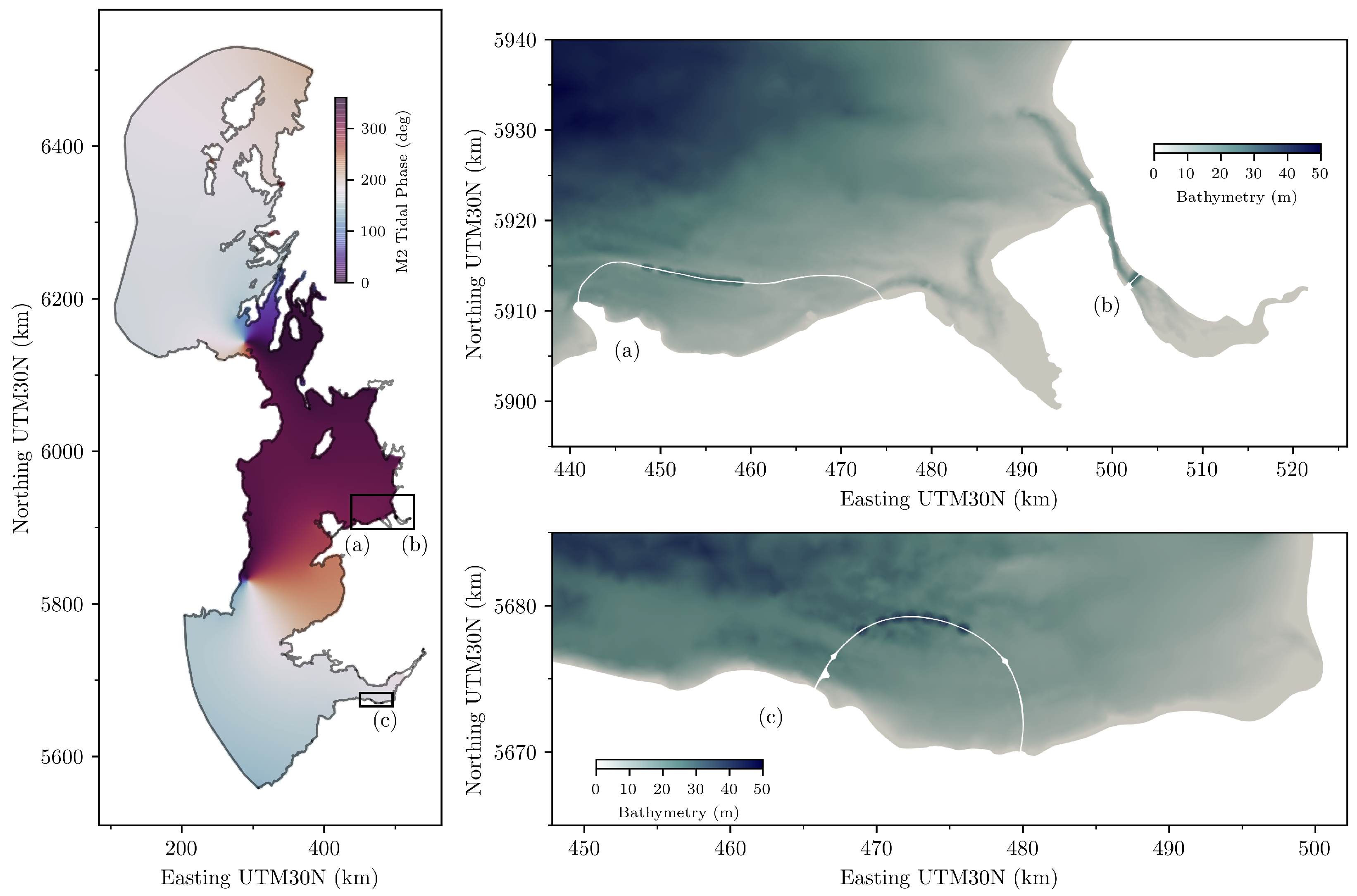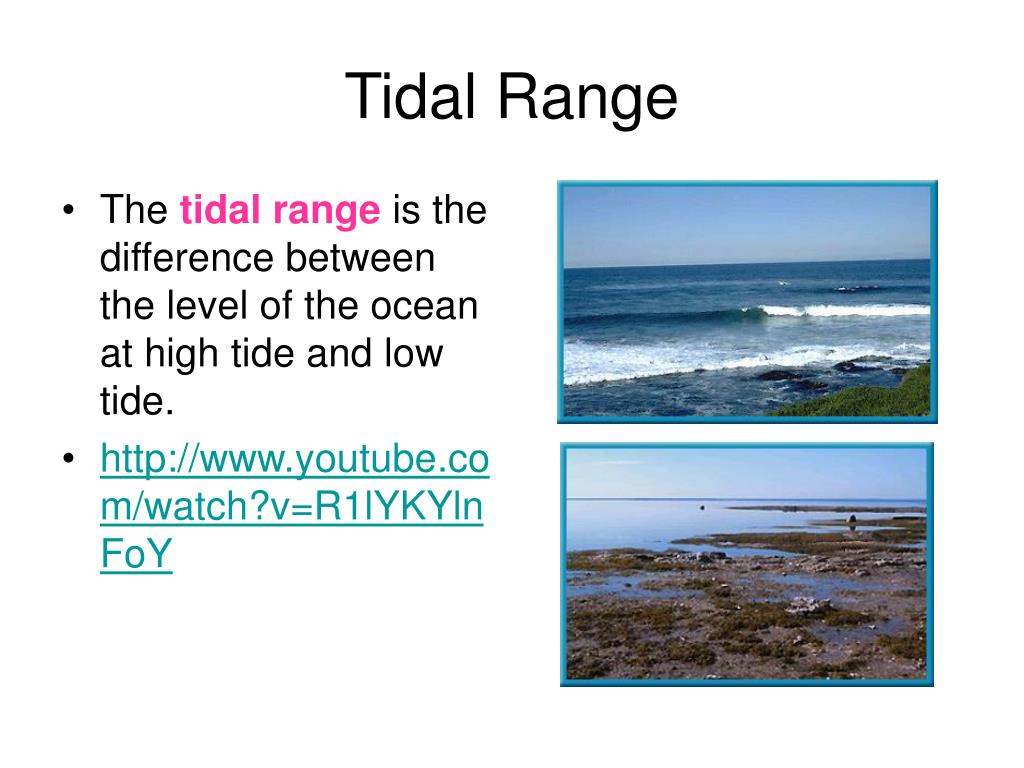
Historical Activities: Travel Back in TimeĪ tidal bore is a tidal phenomenon in which the leading edge of the incoming tide forms a standing wave of water that travels upstream, against the current of a river or narrow bay.Bay of Fundy Tides: The Highest Tides in the World!.Such weather-related effects on the tide, which can cause ranges in excess of predicted values and can cause localized flooding, are not calculable in advance. Storm force winds blowing from a steady direction for a prolonged time interval combined with low barometric pressure can increase the tidal range, particularly in narrow bays. Tidal data is based on astronomical phenomena and is predictable. Tidal data for coastal areas is published by the national hydrographic service of the country concerned.

The largest annual tidal range can be expected around the time of the equinox, if coincidental with a spring tide. Neap tides occur during the first and last quarters of the moon's phases. During neap tides, when the Moon and Sun's gravitational force vectors act in quadrature, the difference between high and low tides is smaller. This type of tide is known as a spring tide.
TIDAL RANGE FULL
The most extreme tidal range occurs around the time of the full or new moons, when the gravitational forces of both the Sun and Moon are in phase, reinforcing each other in the same direction, or are exactly the opposite phase. The tidal range is not constant, but changes depending on where the sun and the moon are. Tides are the rise and fall of sea levels caused by the combined effects of the gravitational forces exerted by the Moon and the Sun and the rotation of the Earth. The tidal range is the vertical difference between the high tide and the succeeding low tide. Mean tidal range is calculated as the difference between Mean High Water (i.e., the average high tide level) and Mean Low Water (the average low tide level).įreebase Rate this definition: 3.0 / 4 votes Sustained storm-force winds blowing from one direction combined with low barometric pressure can increase the tidal range, particularly in narrow bays. The data is based on astronomical phenomena and is predictable. Tidal data for coastal areas is published by national hydrographic services.

The largest annual tidal range can be expected around the time of the equinox if it coincides with a spring tide. Neap tides occur during the first and last quarters of the Moon's phases. During neap tides, when the Moon and Sun's gravitational force vectors act in quadrature (making a right angle to the Earth's orbit), the difference between high and low tides is smaller. The most extreme tidal range occurs during spring tides, when the gravitational forces of both the Moon and Sun are aligned (syzygy), reinforcing each other in the same direction (new moon) or in opposite directions (full moon). Tidal range is not constant but changes depending on the locations of the Moon and Sun. Tides are the rise and fall of sea levels caused by gravitational forces exerted by the Moon and Sun and the rotation of Earth. Tidal range is the height difference between high tide and low tide. Wikipedia Rate this definition: 5.0 / 1 vote


 0 kommentar(er)
0 kommentar(er)
